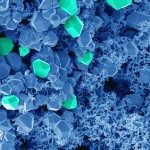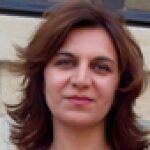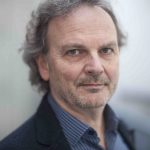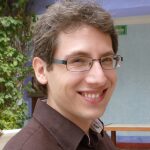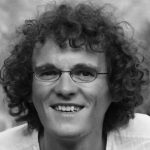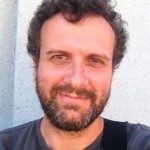About
Gram-negative bacteria are delimited by an envelope composed of two membranes (the outer and the inner-membranes) separated by the periplasmic space. This envelope includes macromolecular machines that ensure and regulate exchanges between the bacterium and its environment. In contrast to small molecules that are internalised through porins by passive or facilitated diffusion, nutrients that are either larger than 600 Da or present at very low concentration, are transported via outer membrane specific transporters by an energised process. The energy is provided by an inner membrane TonB complex coupling the proton gradient across the membrane to substrate entry. The TonB complex and specific TonB dependent transporters (TBDTs) allow many bacteria to acquire essential nutrients, such as metals, vitamin B12, carbohydrates, etc. Despite the importance of this machinery, its mechanism of action is not understood.
It is however assumed that upon TonB complex action, some conformational changes of the TBDT are needed to open a channel for the entry of the substrate into the periplasm. Different models have been proposed with either a rotation of TonB, or a linear movement, which would drive these conformational changes. Yet, none of these models has been experimentally validated. The fact that the system is trans-envelope, dynamic and energised makes the study of the whole machinery very challenging.
The purpose of the Energir project is to decipher this trans-envelope energising mechanism at the highest spatial and temporal resolution possible. To achieve this, we will employ an integrative structural and functional approach combining structural biology (NMR, Electron microscopy, structural mass spectrometry and molecular modelling), chemistry (labelling tools) biochemistry (in vitro reconstitution of the system), biophysics and bacterial physiology.



